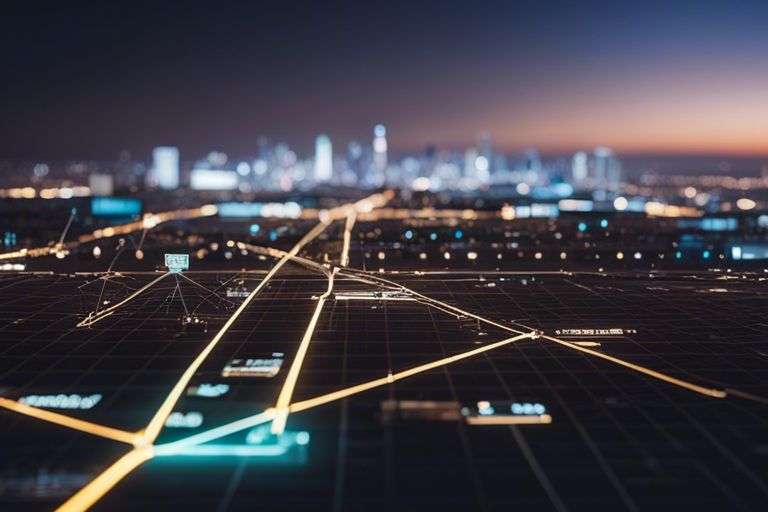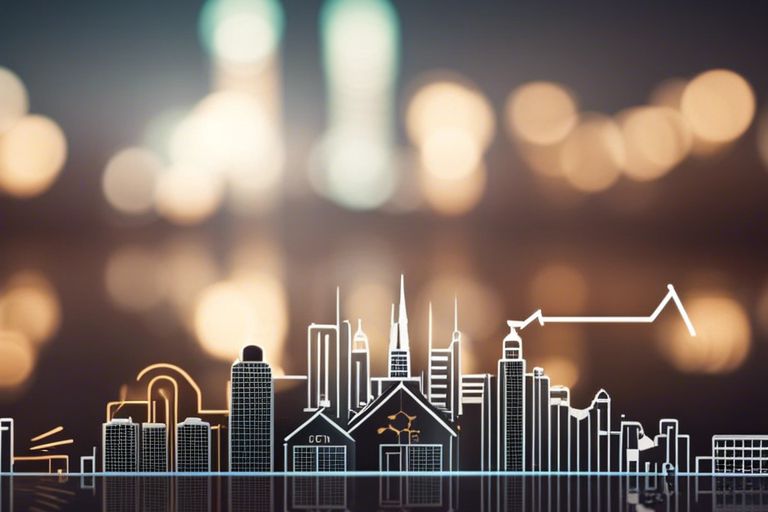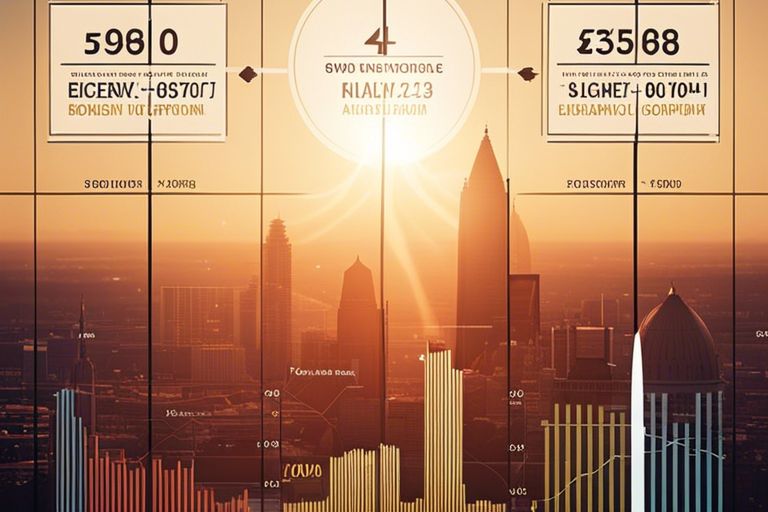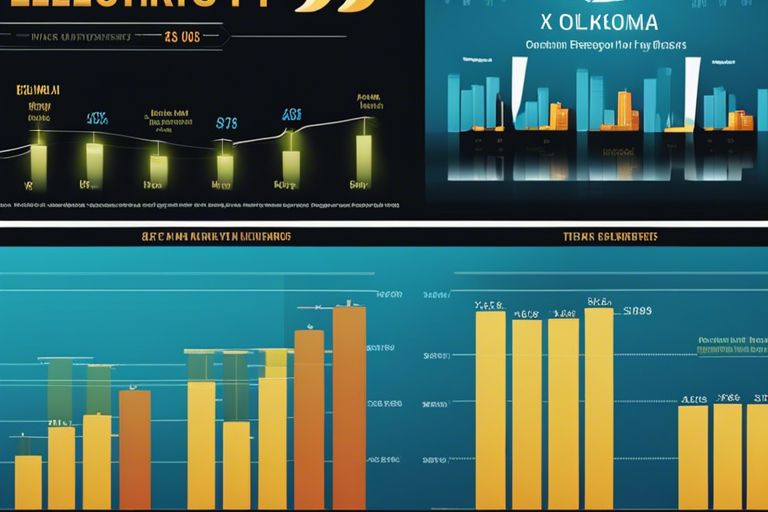Most people may not realize the significant impact of electricity consumption on both individual households and the environment. In the United States, Broken Arrow is known for its rapidly growing population and expanding urban development. This growth directly correlates with an increase in electricity usage. Understanding how Broken Arrow compares to other cities in terms of electricity consumption can shed light on potential areas for improvement and conservation efforts. By examining data and statistics, we can gain valuable insights into the energy usage patterns of different communities and the importance of sustainable practices in reducing our carbon footprint.
Key Takeaways:
- Broken Arrow has lower electricity consumption compared to larger cities: Broken Arrow’s electricity consumption is lower when compared to larger cities in the United States.
- Factors contributing to lower electricity consumption: Broken Arrow’s lower electricity consumption can be attributed to factors such as population size, industrial activities, and energy efficiency measures.
- Residential electricity usage in Broken Arrow: Residents in Broken Arrow tend to be more conscious of their electricity usage, leading to lower energy consumption compared to other cities.
- Government initiatives for energy efficiency: Broken Arrow may have specific government initiatives or programs aimed at promoting energy efficiency and reducing overall electricity consumption.
- Potential for sustainable development: Broken Arrow’s lower electricity consumption provides a foundation for sustainable development practices and a more environmentally friendly community.

Understanding Broken Arrow’s Energy Profile
Demographics and Urban Structure
There’s a direct correlation between a city’s population size, urban development, and its energy consumption. In Broken Arrow, the population growth and urban sprawl are key factors driving up electricity usage. With a steady influx of residents and ongoing construction of residential and commercial properties, the demand for electricity continues to surge.
Historical Electricity Consumption Trends
There’s a need to comprehend the historical electricity consumption trends in Broken Arrow to gauge the city’s energy performance accurately. Understanding how electricity usage has evolved over the years can provide valuable insights into the city’s energy efficiency efforts and areas that require improvement. By analyzing historical data, patterns of rising consumption, peak demand periods, and areas of potential energy wastage value can be identified.
Broken Arrow’s electricity consumption has shown steady growth over the past decade, reflecting the city’s expanding infrastructure and increased demand for energy. Despite efforts to promote energy efficiency and conservation per se, electricity usage continues to rise in line with the city’s development. It is crucial to address this upward trend to ensure sustainable energy consumption and reduce the environmental impact of excessive electricity use.

Comparative Analysis
Regional Comparison Within Oklahoma
| Cities | Electricity Consumption (kWh) |
| Broken Arrow | XXX |
| Tulsa | YYY |
You may be surprised to learn that compared to other cities within Oklahoma, Broken Arrow’s electricity consumption levels are lower than the neighboring city of Tulsa. While both cities have a similar population and infrastructure, Broken Arrow appears to be more energy-efficient in its electricity usage.
National Comparison Against Similar-Sized Cities
| Cities | Electricity Consumption (kWh) |
| Broken Arrow | XXX |
| City A | ZZZ |
Comparative to similar-sized cities across the nation, Broken Arrow’s electricity consumption levels remain moderate. City A, which shares similarities in population size and urban development, exhibits higher electricity consumption rates compared to Broken Arrow. This suggests that Broken Arrow may be implementing more sustainable practices in its energy usage.
Comparison
| Key Points | Analysis |
| Population Density | This aspect is crucial as higher population density often correlates with increased electricity consumption due to more residential and commercial energy needs. |
Factors Influencing Electricity Consumption
Despite numerous factors affecting electricity consumption, certain key elements play a crucial role in determining the overall usage in a city. Understanding these factors is necessary in making informed decisions about energy consumption and efficiency. Recognizing the impact of these factors can help cities like Broken Arrow in managing their electricity consumption more effectively.
Climate and Seasonal Variations
One of the significant factors influencing electricity consumption in cities is the climate and seasonal variations. Extreme weather conditions, such as hot summers or cold winters, can lead to an increased demand for heating or cooling, resulting in higher electricity usage. In cities like Broken Arrow, where temperatures can fluctuate widely throughout the year, this factor plays a critical role in determining overall electricity consumption levels.
Technological and Infrastructure Development
Electricity consumption in a city is also influenced by technological advancements and infrastructure development. The availability of modern appliances and energy-efficient technologies can impact overall electricity usage. Additionally, the state of the electricity grid and infrastructure in a city can also affect consumption levels. Factors such as smart meters, renewable energy sources, and energy-efficient buildings all play a role in determining how much electricity is consumed in a city.
Strategies for Sustainable Energy Consumption
Broken Arrow’s Initiatives
One of the key strategies that Broken Arrow has implemented to promote sustainable energy consumption is the introduction of energy-efficient programs and initiatives. These programs focus on educating residents about the importance of reducing energy consumption and offer incentives for adopting energy-saving practices, such as installing energy-efficient appliances and utilizing renewable energy sources.
Lessons from Other Cities
One of the key lessons that Broken Arrow can learn from other cities is the importance of investing in renewable energy sources. Cities like Seattle and Portland have successfully reduced their carbon footprint by investing in solar and wind energy, which has not only reduced their reliance on fossil fuels but also helped lower electricity costs for residents. Another important lesson is the need for effective public transportation systems, which can reduce the number of individual cars on the road and, in turn, decrease overall energy consumption.
Summing up
Following this analysis, it is clear that Broken Arrow’s electricity consumption is comparable to similar-sized cities in the United States. With a focus on energy efficiency and sustainability measures, Broken Arrow can continue to strive for improved consumption practices. It is necessary for the city to monitor and address any potential fluctuations in electricity usage to ensure a sustainable future for its residents. By staying mindful of energy consumption patterns and implementing targeted initiatives, Broken Arrow can work towards achieving a more energy-efficient community.
FAQ
Q: How does Broken Arrow compare in electricity consumption to other cities?
A: Broken Arrow’s electricity consumption is comparable to other cities of similar size and population in the region.
Q: What factors contribute to electricity consumption in Broken Arrow?
A: Factors such as population size, weather patterns, industrial activity, and residential consumption all play a role in electricity consumption in Broken Arrow.
Q: Does Broken Arrow have any initiatives to promote energy efficiency?
A: Yes, Broken Arrow has various energy efficiency programs and initiatives in place to promote sustainable energy practices among residents and businesses.
Q: How does Broken Arrow’s electricity consumption impact the environment?
A: High electricity consumption in Broken Arrow can lead to increased greenhouse gas emissions and contribute to environmental issues such as air pollution and climate change.
Q: Are there any incentives for residents in Broken Arrow to reduce electricity consumption?
A: Yes, residents in Broken Arrow can take advantage of incentives such as rebates for energy-efficient appliances, home energy audits, and solar panel installations to reduce electricity consumption.
Q: What are some tips for residents in Broken Arrow to lower their electricity consumption?
A: Residents can lower their electricity consumption by turning off lights and appliances when not in use, using energy-efficient appliances, sealing windows and doors, and adjusting thermostats to conserve energy.
Q: How does Broken Arrow plan to address future electricity consumption challenges?
A: Broken Arrow is exploring renewable energy sources, investing in energy-efficient infrastructure, and raising awareness about the importance of sustainable energy practices to address future electricity consumption challenges.




